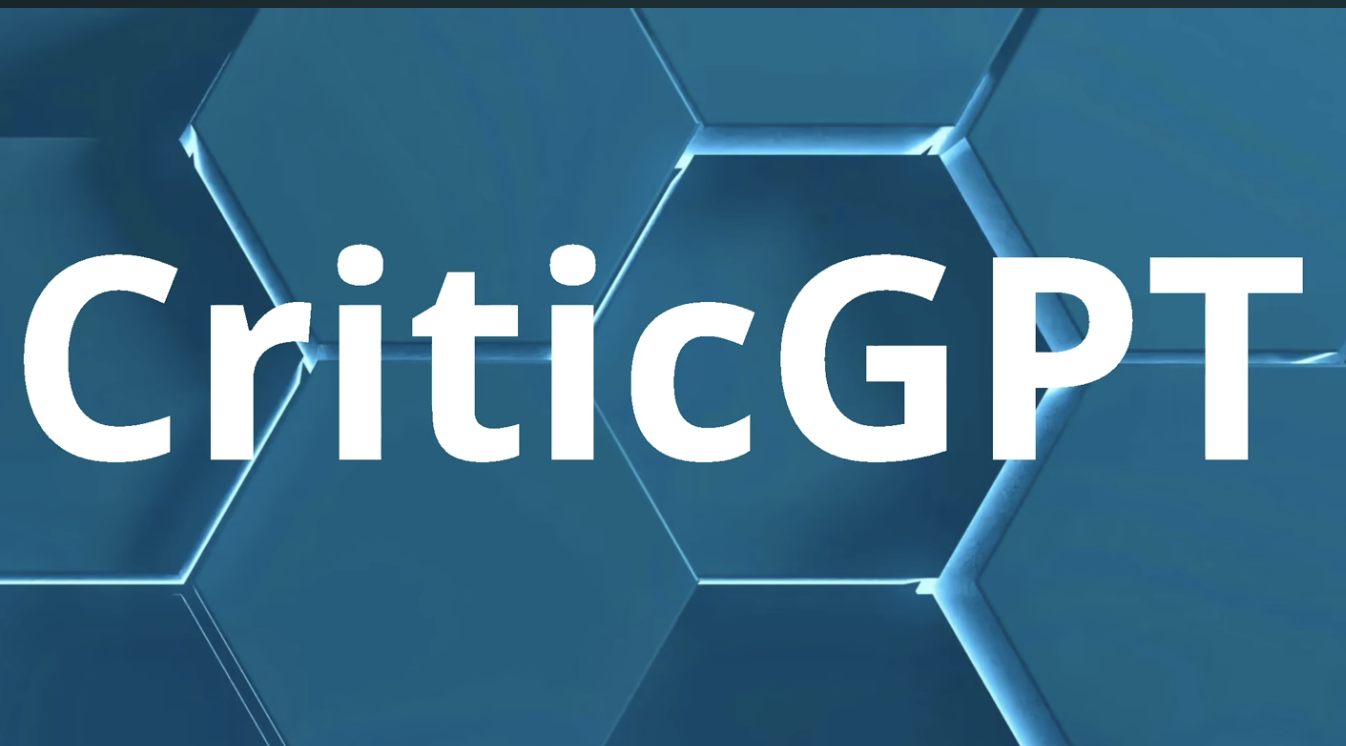Reinforcement Learning from Human Feedback (RLHF) has inherent limitations due to the constraints of human evaluators accurately assessing model outputs. To enhance human evaluation and address this limitation, this research introduces “critic” models that assist humans in more accurately evaluating code generated by AI models. These critics are large language models (LLMs) themselves, trained with RLHF to provide natural language feedback that highlights issues in code from real-world tasks.
When applied to code with naturally occurring LLM errors, the critiques generated by these models are preferred over human critiques 63% of the time. Additionally, human evaluations reveal that these models identify more bugs than human contractors paid for code review. The study further demonstrates that these fine-tuned LLM critics can successfully detect hundreds of errors in ChatGPT training data previously rated as “flawless,” even though many of these tasks fall outside the critic model’s usual scope (non-code tasks).
However, the critics are not without flaws; they can hallucinate bugs, potentially leading humans to make mistakes they might otherwise avoid. Nevertheless, teams composed of human contractors and LLM critics identify a similar number of bugs while reducing the incidence of hallucinations compared to LLMs working alone.
Introduction into CriticGPT by OpenAI: RLHF + FSBS
Summary of Key Points from the Video:
- Introduction of Critique GPT: OpenAI has introduced a new methodology called “critique GPT” that optimizes language models using reinforcement learning with human feedback (RLHF) combined with force sampling beam search.
- Enhancing Human Evaluation: Critique GPT is designed to assist human trainers in evaluating and improving AI model outputs, particularly during the alignment phase of training.
- Need for Expertise: OpenAI acknowledges that standard human intelligence may no longer suffice to evaluate advanced AI outputs, requiring PhD-level scientific knowledge for effective training.
- Quality Improvement: The primary goal of critique GPT is to improve the quality and relevance of model outputs while minimizing issues like hallucinations and nitpicking.
- Ongoing Trust Concerns: OpenAI admits they don’t fully trust their models yet, emphasizing the importance of continuous evaluation of AI outputs.
- Feedback Loop: Critique GPT is specifically trained to help humans optimize their evaluation performance, creating a feedback loop where AI assists humans, who in turn help improve AI.
- Outperforming in Certain Tasks: Experiments show that critique GPT, when combined with human expertise, outperforms both vanilla GPT and humans alone in specific tasks, such as bug detection in code.
- Efficiency Gains: OpenAI claims that using critique GPT during the alignment phase is equivalent to 30 times more computational resources in the pre-training phase, suggesting significant efficiency improvements.
- Addressing AI Trustworthiness: The document raises questions about whether this approach addresses the root causes of AI trustworthiness or merely addresses the symptoms.
- Industrial Applications: While critique GPT may not be directly applicable to most AI researchers, the concept of developing AI systems to augment human performance could have significant industrial applications.
Read more about CriticGPT:

